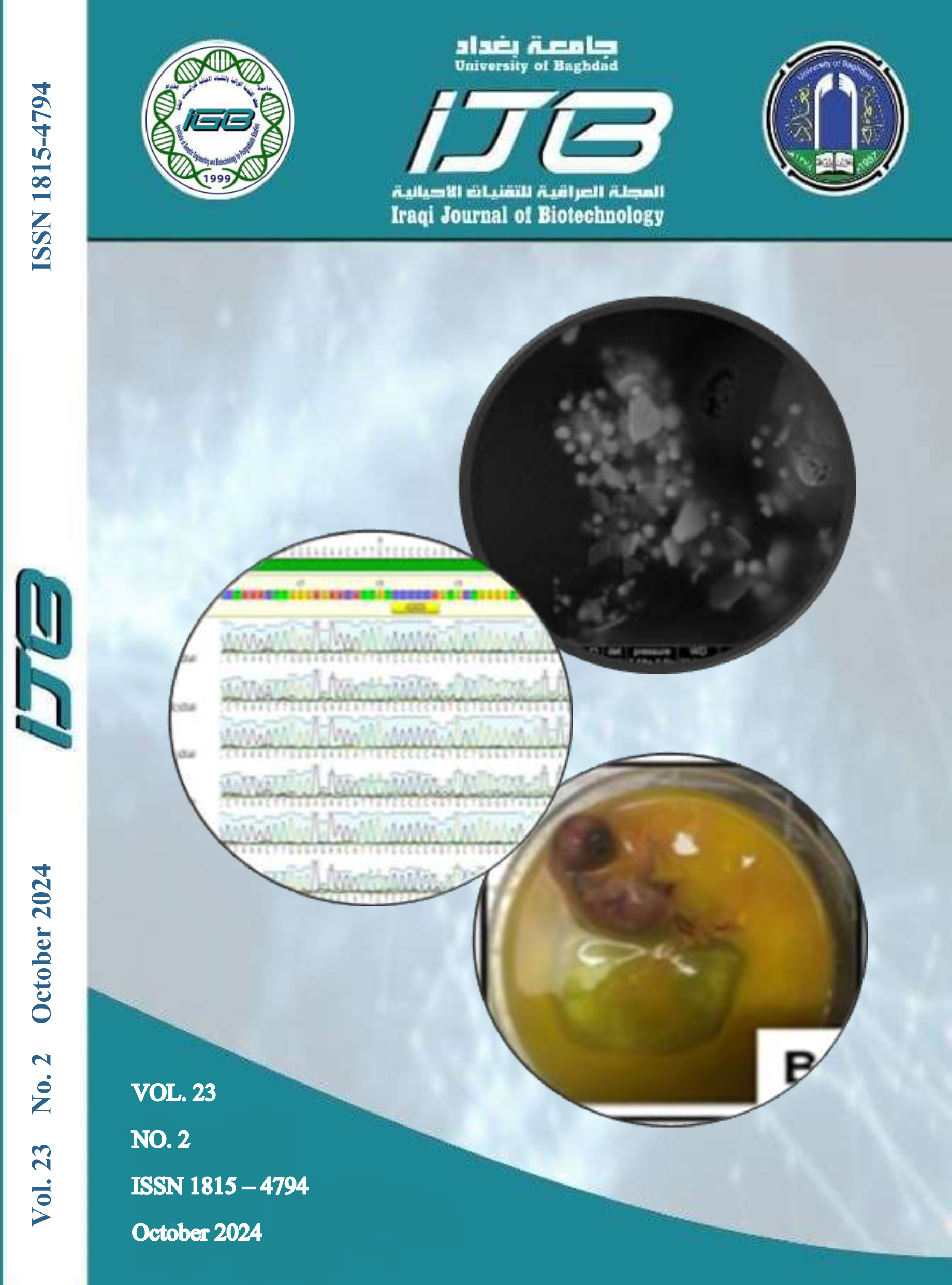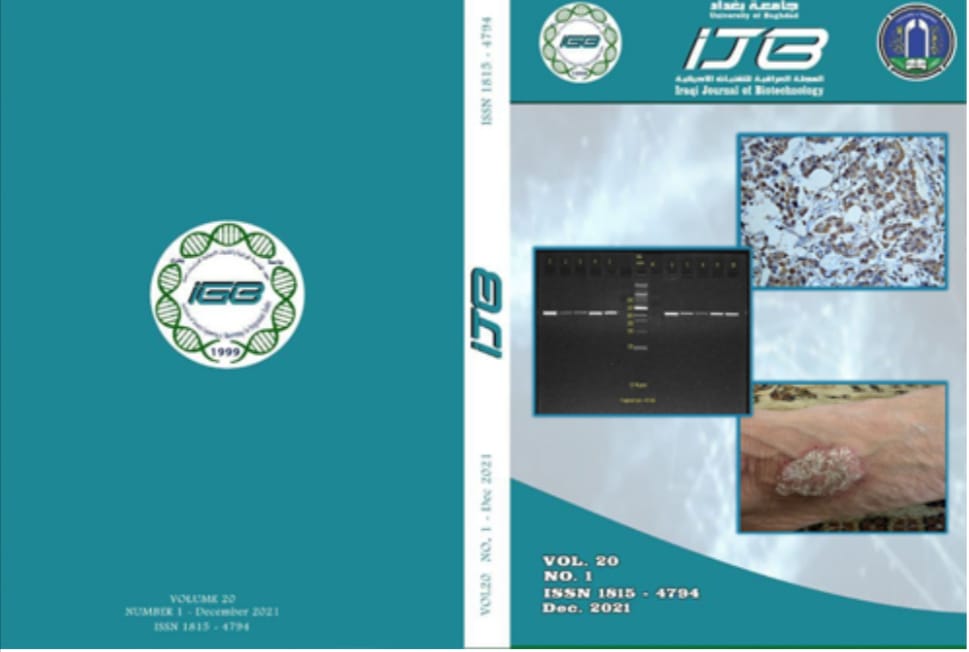Detection of Biofilm Operon, Some Virulence Factors, and Antibiotics Susceptibility of S. aureus Isolated from Patients in Holly Karbala City
Abstract
The formation of biofilms in Staphylococcus aureus has the potential to impede the effectiveness of antibiotics, leading to challenges in infection treatment. The aim of this research is to determine the prevalence rate of some virulence genes in S. aureus isolate and learn more about the virulence components of S. aureus. The S. aureus was clinically isolated from different 250 samples in Karbala City (al-Husain Medical City and al-Hassan al Mujtaba Teaching Hospital). Isolate biofilm formation was examined using a microtiter plate assay. The biofilm operon and some of the MSCRAMMs (microbial surface components recognizing adhesive matrix molecules) genes were detected by PCR assay. The disk methods and the VITEK 2 compact were utilized to determine antibiotic susceptibility. The sixty S. aureus isolates were isolated and identified. The microtiter plate method divided the isolates into (25%) strong, (66.6%) moderate, and (8.3%) weak biofilm. PCR assay results showed that 100% of isolates have ica operon, 100% have clumping factors genes, and 0% of (bap). This research proved the association between the icaADBC operon and biofilm production in S. aureus.


